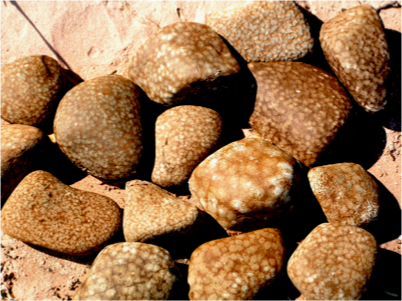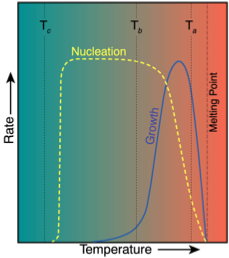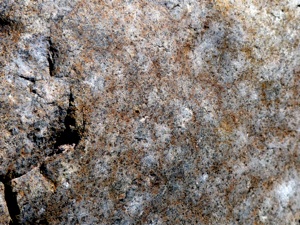This is a pretty advanced topic, but even beginning students can gain an appreciation of it from some directed study of the boulders. There is a huge variety of textures shown by the basalt boulders which make up about 3/4 of the whole garden (by design).
The keweenaw lavas ponded inside the rift valley and many of them were very thick, so that they took as long as 1000 years to solidify. Because of this they developed a variety of spectacular solidification features, including vesicles, segregation cylinders, columnar jointing, dolerite or pegmatite horizons, granophyres and others. one family of boulders shows the solidification features in an unusually complete way. basalt is basically made up of two minerals: pyroxene and feldspar. Keweenawan basalts commonly have obvious ophitic textures where pyroxene is large and feldspar are tiny. this makes for a distinct growth pattern which strongly influences the overall rock properties. it was the long solidification that led to ophitic basalt, by making a moderate, long-lived undercooling which led to accelerated growth rates for pyroxene and accelerated nucleation rates for feldspar.





